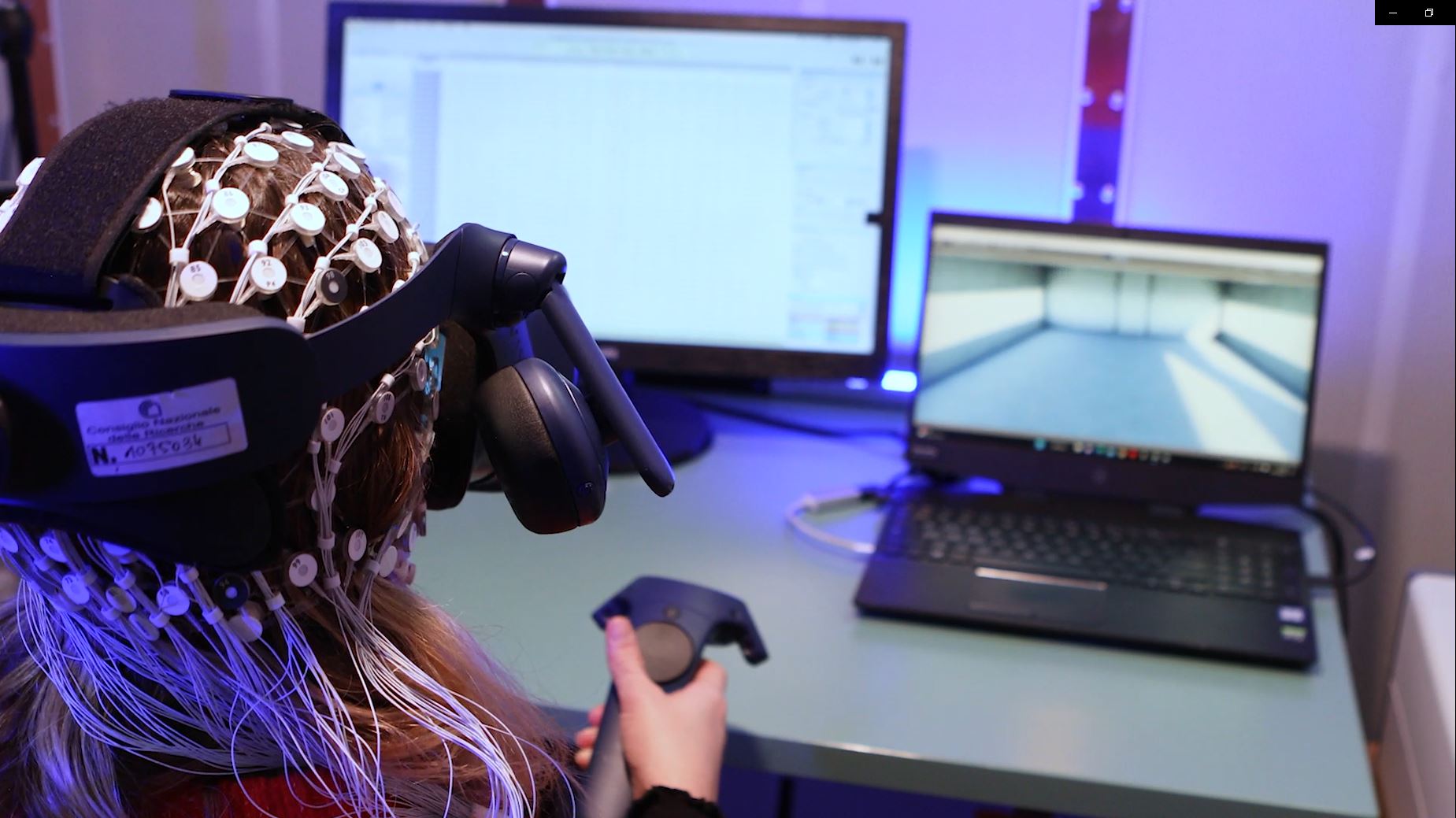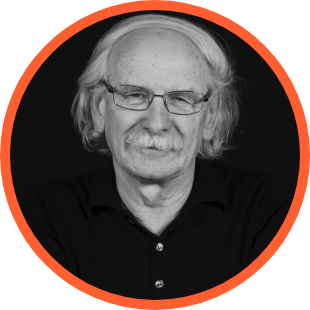NuArch
The space of relationships: architecture influences the brain reactions that are triggered when we first meet a person.
INTRO
We have always guessed it, now we know it. The dynamic experience of physical space influences the brain mechanisms that underlie our understanding of the bodily expressions of others.
This is the result of a study by the CNR-In (Consiglio Nazionale delle Ricerche – Istituto di Neuroscienze, Parma) in collaboration with Lombardini22.
The study was published in Proceedings of the National Academy of Sciences (PNAS), the official organ of the United States National Academy of Sciences, one of the most prestigious international scientific journals. Read it on Architectural experience influences the processing of others’ body expressions
THE FIRST IMPRESSION IS THE SECOND
How many times have we said ‘the first impression is the one that counts’? We are convinced that the first impression is reliable and almost revelatory of the person in front of us. But what if our first impression is not just the result of our intuition, but is instead influenced by the space in which we are immersed?
Experiments carried out by the CNR-In in collaboration with Lombardini22, based on a dynamic architectural experience recreated in a virtual environment, have shown that space imprints an effect on neuronal processes approximately 250 milliseconds before the cognitive processes triggered by the postural characteristics of another person begin.
Therefore, it can be concluded that the conformation of the space in which a person moves influences one’s perception of others, and thus the possibility of forming relationships. The more the space we move through puts us in a state of tranquillity and relaxation, the greater will be the cognitive resources we are able to put in place when observing others. Conversely, the more the space puts us in a state of tension, the fewer resources we will have available to assess the other’s bodily characteristics. Since both neural processes that depend on spatial characteristics and those related to the other’s postural characteristics depend on the activation of the motor system, these results confirm that this system therefore plays a fundamental role in the processing of both bodily and spatial information.
GALLERY
VIDEO
DOUBLE RELATION EFFECT
For a long time, it was believed that social relationships and those established with space depended on two independent neural coding processes. The experiments conducted in the CNR-In laboratories have instead highlighted the intrinsic relationship between space and body in that our brain’s ability to encode others depends on the experience we have with the surrounding space. These two experiences of space and body not only have points of contact but are even interdependent.
We have called this discovery the ‘Double Relation Effect’ because it expresses a cyclic continuum of influence, which is constantly renewed, between the experience of space and the relationship we form with other people. The study opens up new research possibilities on the neuroscience front. It will therefore be crucial to fully understand how the design of the spaces we live in, for example, the place we work or the neighbourhood we live in, affects the brain mechanisms underlying emotions, and consequently the relationships between individuals.
This extraordinary result was achieved by the research team composed of neuroscientists Paolo Presti, Gaia Maria Galasso, Rita Rossi, Pietro Avanzini, and Fausto Caruana, coordinated by Giovanni Vecchiato and with the authoritative contribution of Giacomo Rizzolatti, together with architect Davide Ruzzon and our designers Ashwanth Ramkumar and Federica Sanchez.
THE FIRST PHASE OF RESEARCH
The framework is that of NuArch, the extensive research project active since 2019, the result of a collaboration between Lombardini22 and the Parma branch of the CNR Institute of Neuroscience, whose objective is to investigate the impact of architectural space on the psychophysiological state of the individual.
The discovery of the Double Relationship Effect adds a fundamental piece to NuArch: after demonstrating how architectural space influences those who live in it, we can now say that space also influences the way people meet each other.
The first results of the research were presented in 2021 in Lombardini22 by Prof. Rizzolatti: look it here.
In 2022, papers were published in Scientific Reports, a journal published by Springer Nature, demonstrating the effects that spatial conformation has on humans from an affective point of view.
Read the paper Measuring arousal and valence generated by the dynamic experience of architectural forms in virtual environments.










